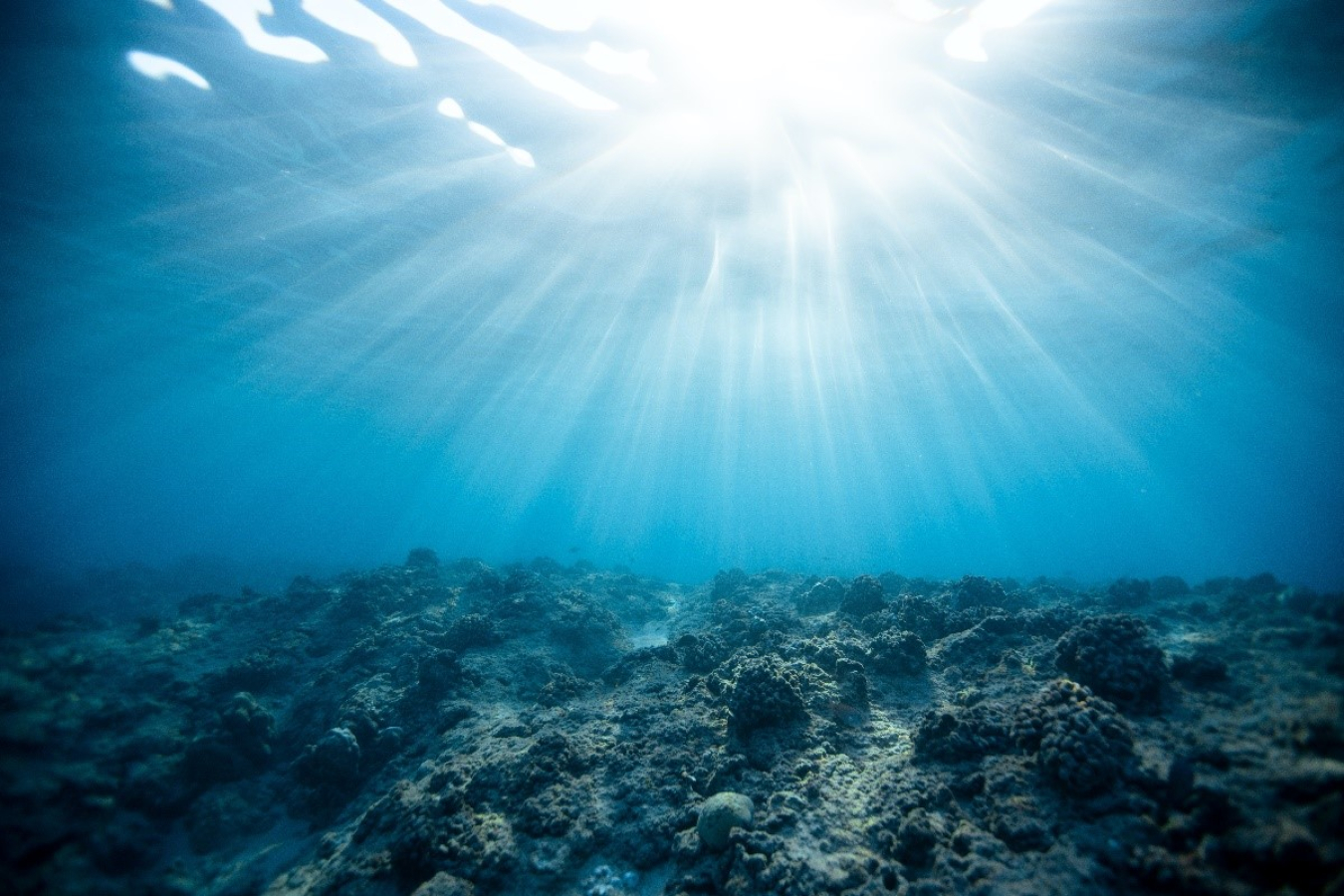World Oceans Day is a global effort to celebrate the ocean's resources, while reminding us to protect it for future generations.
Office of Energy Efficiency & Renewable Energy
June 9, 2020
For nearly 30 years, countries across the globe have celebrated World Oceans Day, raising awareness about the resources the ocean provides, as well as the responsibility of humankind to protect our ocean for future generations. Recognizing the value and importance of our ocean, and calling our country to action, on June 1, President Trump proclaimed June as “National Ocean Month.”
WPTO’s Marine and Hydrokinetics Program utilizes partnerships, programs, and funding opportunities to support the development of marine energy technologies. Some of these technologies could provide power far out at sea and enable humanity to explore and understand the ocean at a level of detail and geographic scale never before possible—all by using the power of the ocean itself.
The program’s Powering the Blue Economy initiative explores how marine energy technologies can help reveal opportunities for ocean science, security, and other maritime industries. One prize within this initiative is the Ocean Observing Prize, which challenges innovators to integrate marine renewable energy with ocean observation platforms, revolutionizing our ability to collect the data needed to understand, map, and monitor the ocean. Jointly sponsored by WPTO and the National Oceanographic and Atmospheric Administration’s Integrated Ocean Observing System program, the prize includes a series of competitions to encourage rapid innovation in the fields of marine energy and ocean observations.

Another marine energy prize is the Waves to Water Prize, a five-stage, $3.3 million contest to accelerate the development of small, modular, wave-powered desalination systems capable of providing potable water in disaster relief scenarios and remote coastal locations. Part of the Water Security Grand Challenge, this prize supports the development of effective, consistent, durable, and low-maintenance water delivery systems. We recently announced the 17 winners of Stage 2, as well as the location for the Stage 5 testing site. DOE and the National Renewable Energy Laboratory recently released a video with additional information about the Waves to Water Prize and the testing site, Jennette’s Pier.
While we are focused on developing technologies that leverage the power of the ocean, we are also dedicated to preserving the ocean—and water power technologies may be able to help. This is why WPTO is supporting innovation in waterway debris remediation powered by marine energy. Each year an estimated 8 million tons of plastic waste enters the ocean. It is estimated that there will be one ton of plastic in the sea for every three tons of fish by 2020; by 2050, it will be one for one. We need to find solutions to stem the flow of plastic debris and to collect plastic debris already in the ocean. With 90% of marine debris believed to come from just 10 rivers, inland waterways such as rivers and canals are a key to remediation efforts.
WPTO recently announced funding for two related projects, led by Littoral Power Systems and Visionary Products, through the Small Business Innovation Research program. These companies plan to develop marine energy-powered systems to remove trash from waterways before entering the ocean.
While marine energy technologies can provide a suite of societal benefits—from marine debris cleanup, to new drinking water sources—they could also pose some risks if not well studied and documented. This is why monitoring potential interactions between devices and marine animals, habitats, and the environment is so important. Over the past decade, our understanding of potential environmental effects across multiple scales has significantly increased thanks to environmental monitoring; within the United States DOE has funded much of this work. Yesterday, on behalf the International Energy Agency’s Ocean Energy Systems, Pacific Northwest National Laboratory (PNNL) released the draft 2020 State of the Science report, which summarizes scientific progress to date related to marine energy devices and their interactions with, and effects on, the marine environment, the animals that live there, and the habitats that support them. DOE and PNNL partnered with the international community to leverage a world’s worth of information that is covered in the State of the Science report. Continued research is helping to inform the design of robust monitoring programs, as well as mitigation measures if such measures are needed, which will continue to help grow the industry while protecting our precious ocean commodities.

DOE will continue to explore how technological innovation can help us utilize the vast potential of our oceans while sustaining them for generations to come. World Oceans Day and National Ocean Month are important reminders to citizens of the world that we have an immense resource right at our fingertips, and it is our duty to protect it.
Alejandro Moreno

Alejandro Moreno is the Associate Principal Deputy Assistant Secretary for the Office of Energy Efficiency and Renewable Energy at the U.S. Department of Energy (DOE). He provides advice and leadership in the strategic planning, execution, and oversight of the EERE portfolio.
Previously, he served as the Office's Renewable Energy Deputy Assistant Secretary and as the Director of the Water Power Technologies Office. In addition to his roles at DOE, he has served in the energy groups of the World Bank and International Finance Corporation, where he designed and led regulatory reform programs to spur investment in clean energy and rural electrification. Moreno holds a bachelor’s degree from Stanford University and a master’s degree from Johns Hopkins University School of Advanced International Studies.

